The History of Personality Modeling:An Odyssey from Hippocrates to Modern Science
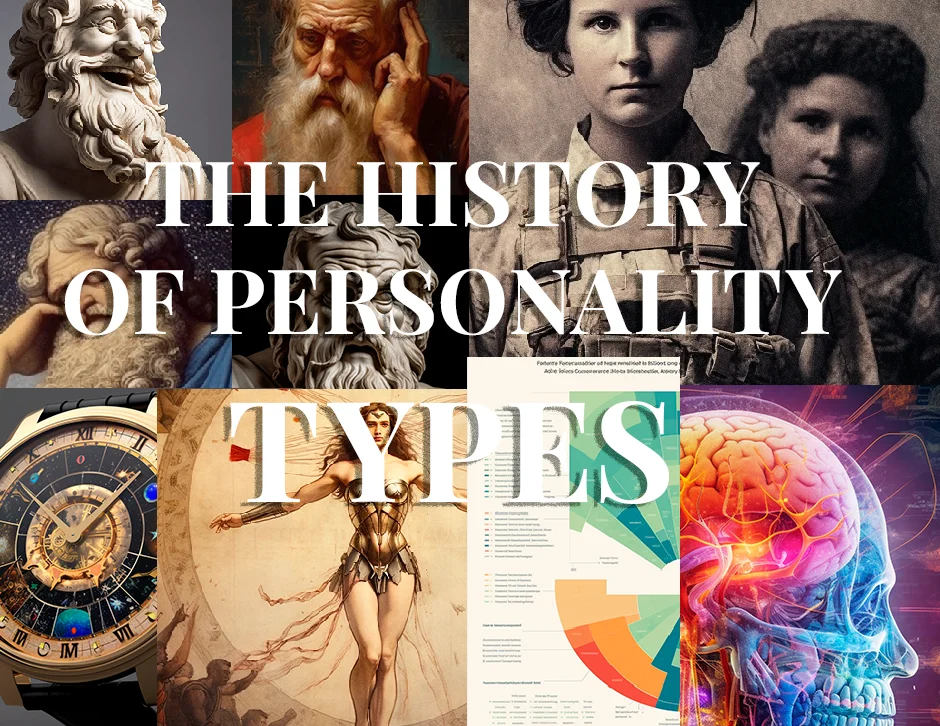
When did the classification of personality into distinct and defined types begin?
From the records we have, around 400 BC, the Greek physician and philosopher Hippocrates—known as the "Father of Medicine" and credited with creating an ethical code for medical conduct that is referenced to this day—proposed the division of humors into four temperaments.
Tom (Type Mapp)
Psychology Digest Editorial Team
Hippocrates and the 4 Temperaments
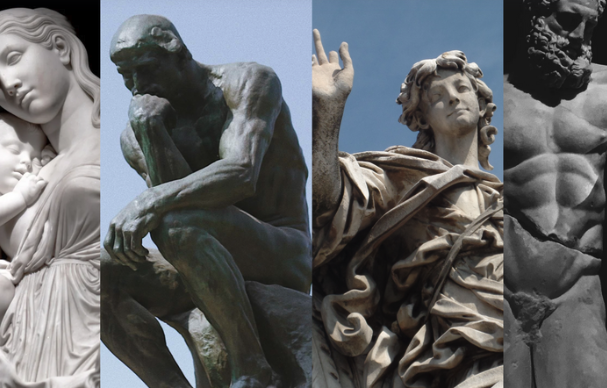
Hippocrates observed that a person has a predominance of one temperament over the other three according to his four-temperament model. The types were described as follows:
The Phlegmatic
Calm, patient, stable, tranquil, serene, and vulnerable to stress.
The Melancholic
Introverted, reflective, sensitive, creative, and prone to sadness and worry.
The Sanguine
Optimistic, sociable, energetic, extroverted, with a cheerful disposition and enthusiasm for life.
The Choleric
A leader, assertive, energetic, ambitious, active, and impatient.
Firmicus Maternus and Astrology
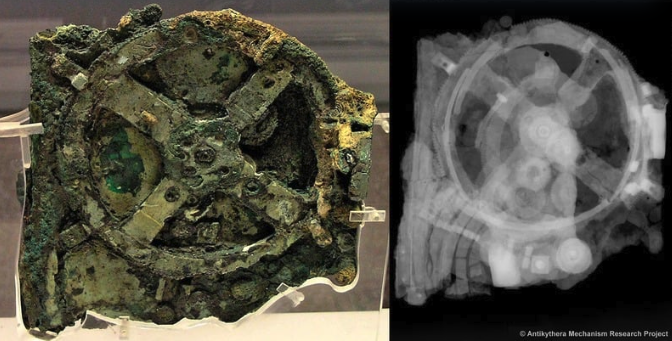
Parallel to the development of temperament theory, another ancient approach to personality classification emerged through astrology. Astrology is an analytical model for inferring events—including those related to personality—based on the observed coherence between phenomena and astrological configurations.
Already in Babylon (1894 BC to 539 BC), in Ancient Egypt (3100 BC to 30 BC), in Ancient Rome (735 BC to 476 AD), and in the Han Dynasty (206 BC to 220 AD), astrology had been officialized as an instrument of prediction. In the 4th century AD, Roman astrologer Julius Firmicus Maternus wrote extensively about the connection between planetary movements and human personality.
"With this, it is shown that our essential nature and the general form of the naked body are formed from a mixture of the four elements by the skillful, provident Creator. But our individual temperaments, our forms, our character, and our personalities are given to us by nothing less than the constant movement of the planets."
— Julius Firmicus Maternus, Matheseos Libri VIII (4th century AD)
It would only be from 1930 that modern astrology would give greater emphasis to the sun sign, offering a simplified and limited form of typification and stereotyping of the individual into one of the 12 signs.
Colonial Brazil and Mythological Syncretism
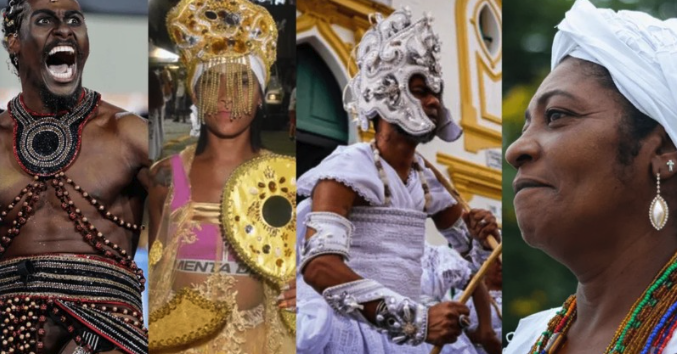
Moving beyond the Greco-Roman and European traditions, personality classification systems also developed in other cultures. In colonial Brazil, a unique synthesis emerged from the convergence of African, Indigenous, and European belief systems.
History tells us that the worship of different divinities developed in various African tribes and nations and would only be brought together in a single pantheon in Brazil by being associated with Catholic saints, in order to preserve the original worship in a different and adverse religious environment between the 16th and 19th centuries.
The Orixá System: The adherent, through a revelation, is attributed one to three Orixás (or deities) from a pantheon of 10 to 20 mythological archetypes, and these describe the adherent's personality, inclinations, qualities, challenges, and social character.
Front Orixá
Primary function
Adjunct Orixá
Complementary characteristics
Ancestral Orixá
Guidance and roots
Carl Jung and Cognitive Functions
Bringing our historical journey to more recent centuries, in 1921 Swiss psychoanalyst Carl Jung published his groundbreaking work "Psychological Types," in which he established the concept of cognitive functions. While this framework doesn't encompass every aspect of cognitive brain functionality, it describes observable dichotomies between fundamental psychological characteristics on opposite axes.
Jung's Cognitive Dichotomies
Intuition ↔ Sensing: Someone inclined toward intuition would be disinclined toward sensing and vice versa.
Feeling ↔ Thinking: Someone inclined toward feeling would be disinclined toward thinking and vice versa.
Extraversion ↔ Introversion: The same applies to extraversion and introversion.
Myers, Briggs and the 16 Personality Types
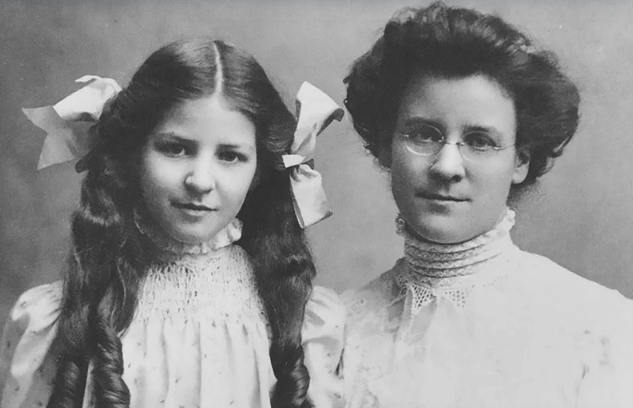
Building upon Jung's theoretical foundation, mother and daughter Isabel Myers and Katharine Briggs, American authors and systematizers of the MBTI, created their system during workforce allocation efforts due to shortages from the demand for soldiers during World War II.
1962 Innovation: Based on the cognitive inclinations identified by Carl Jung, they described 16 possible personality types and the cognitive composition of each type, specified in a symmetrical systemic model.
The test allows identification of numerous cognitive inclinations of someone according to the acronym that identifies their type among 16 possibilities.
Reich and Body Forms
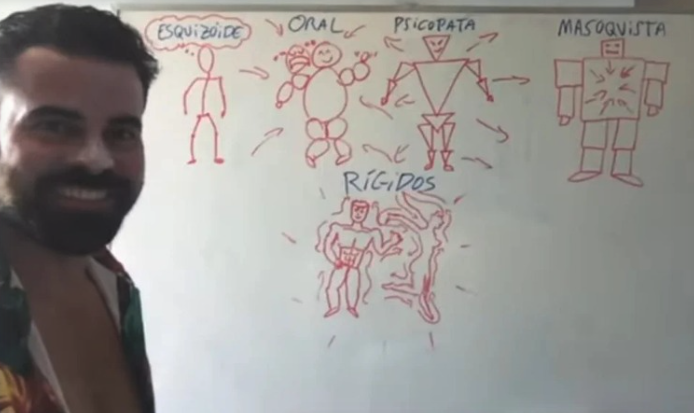
In 1933, the controversial Austro-Hungarian psychiatrist Wilhelm Reich (colleague of Sigmund Freud) published the book "Character Analysis," in which he described six character traits and developed the idea that the body influences personality so much of someone's personality could be infered by their body composition.
Lowen's Five Character Types (1975)
The Enneagram and Motivation
Between the 1960s and 1970s, Bolivian mystic and philosopher Oscar Ichazo and Chilean psychiatrist Claudio Naranjo developed in parallel the Enneagram personality model, identifying nine types of essential motivations and classificatory descriptions for each of the nine profiles and their sub-variants.

Religious Connection: These motivations can be correlated with vices and virtues described in religious texts, pointing to paths toward more balanced attitudes for each profile.
Example: Type 3 would have an inclination toward vanity, but also toward seeking the status of dignity.
Socionics and the Compatibility Matrix
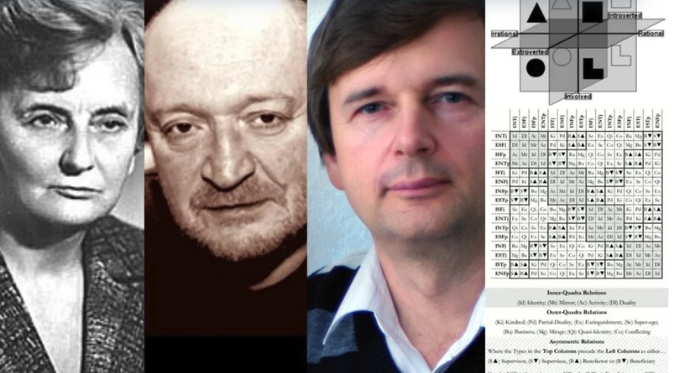
In the 1970s, Lithuanian economist, sociologist, and psychologist Aushra Augusta began developing Socionics based on principles published by Carl Jung. With contributions from her successors, a more complex system than the MBTI was achieved, with some fundamental differences.
Key Differences from MBTI
• Describes personality types and their interaction and compatibility
• Thinking vs. Feeling becomes Logic vs. Ethics
• Judging vs. Perceiving becomes Rationality vs. Irrationality
• Identifies 14 types of cognitive relationships and their dynamics
According to research by socionicist Alexander Bukalov, this compatibility hierarchy is reflected even statistically in the stability of long-term romantic relationships.
The Big Five and Modern Science
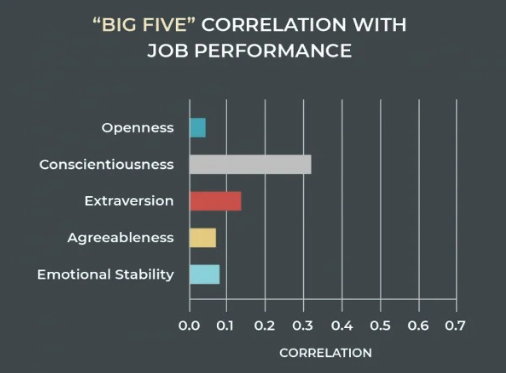
The Five-Factor Model of Personality, or Big Five, proposed by researchers Robert McCrae and Paul Costa in 1985, represents a milestone in psychology. However, it's important to contextualize its development in relation to previous attempts to identify personality traits.
The Five Factors
Openness
to experience
Conscientiousness
organization & discipline
Extraversion
social energy
Agreeableness
cooperation
Neuroticism
emotional stability
Trait vs. Type Model: The Big Five is not a typological model, but a trait model, as it measures the intensity of certain factors rather than classifying people into fixed types.
Personality Models Today

This historical overview has focused on the most influential and widely-adopted personality models throughout history.
However, there are many other personality assessment tools available today, including those designed to evaluate specific aptitudes, ethical reliability, intelligence quotient (IQ), psychological disorders, and even political inclinations.
The Modern Approach
Today, in personnel selection processes, it's common to apply a combination of different assessment tools, seeking to obtain a more focused view of a candidate's capabilities and personality traits.
Tom (Type Mapp)
Psychology Digest Editorial Team
Our editorial team consists of researchers and practitioners dedicated to making complex psychological concepts accessible to everyone. If you wish to contribute, donate at https://www.paypal.com/ncp/payment/KRNNN9F3WKYV6